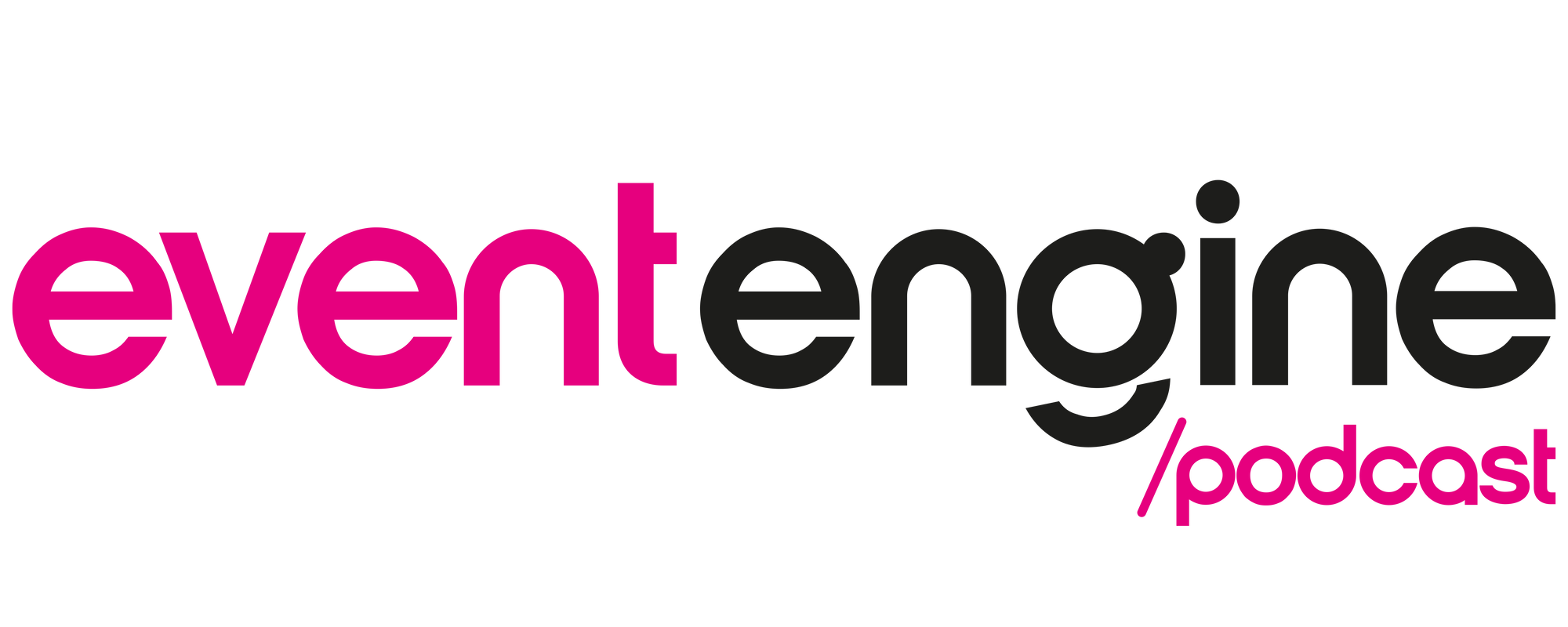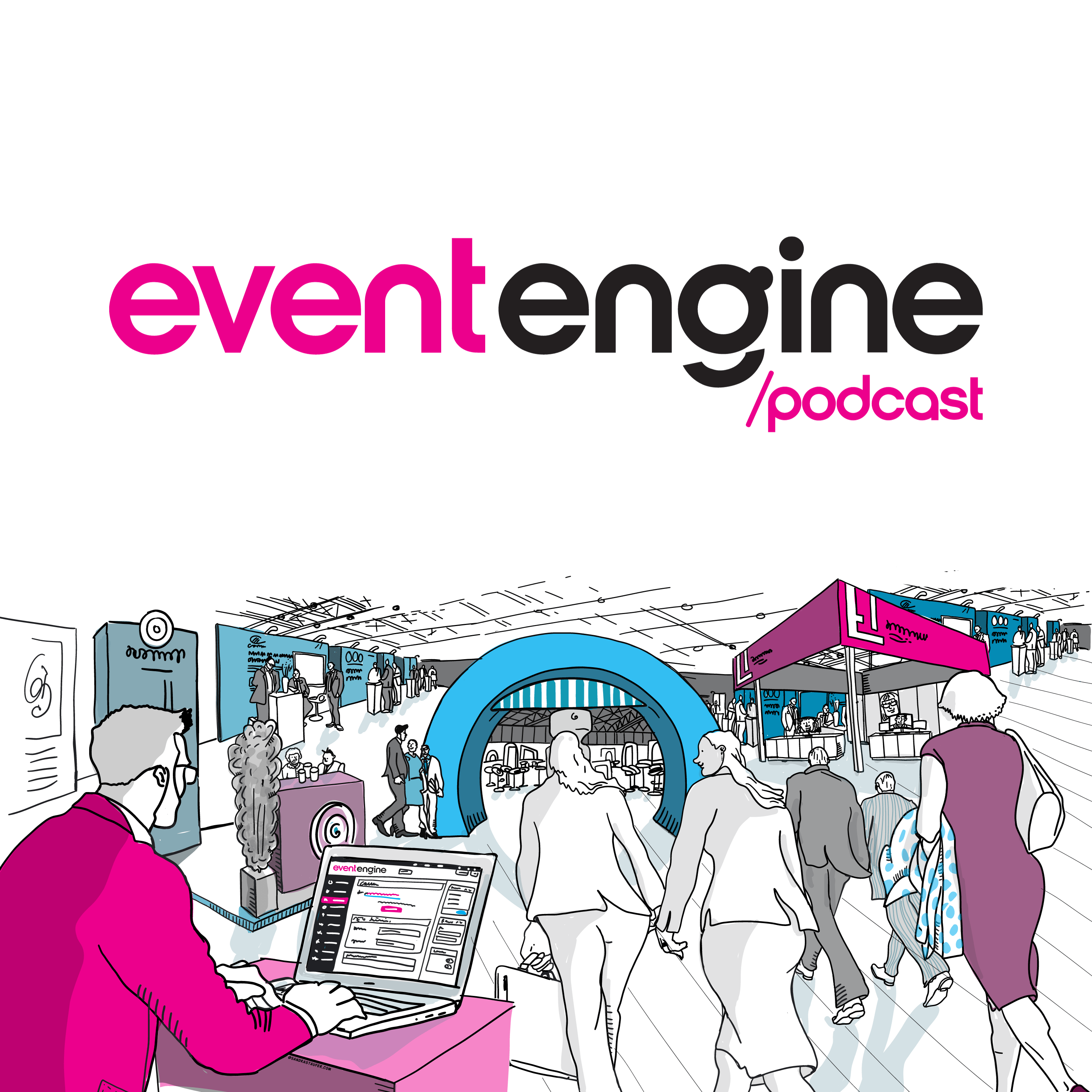
2:4 Digital event best practices
Tired of technical glitches and frustrated attendees during your virtual events? Lee explores the best practices for creating a memorable virtual event experience.
Tired of technical glitches and frustrated attendees during your virtual events? Look no further! In this episode we're revealing the secret sauce to hosting successful digital events that keep participants engaged and coming back for more.
Join us as Lee explores the best practices for creating a memorable virtual event experience. From ironing out technical details to fostering a sense of community, we cover it all. You'll walk away with a clear understanding of the crucial steps needed to make your next digital event a smashing success.
Key takeaways
- Test your live stream multiple times to ensure a glitch-free experience
- Communicate access details and encourage participants to familiarize themselves with the platform in advance
- Create opportunities for interaction and engagement, such as chat boxes, breakout sessions, and interactive elements
Transform your virtual events by applying these best practices and inspiring your attendees with an unforgettable experience. Remember, a successful event isn't just about broadcasting content—it's about connecting with your audience and making them feel part of something special.
Further insights
Want more? Download our comprehensive "Digital Event Best Practices" guide:
This valuable resource will guide you through everything from planning to execution, ensuring your next virtual event is a hit.
Join the conversation
Don't forget to join the conversation in the comments section! Share your biggest takeaways from this episode and your tips for hosting extraordinary virtual events.
Transcript
Welcome to the Event Martech Podcast. This is your host Lee, and in this episode, we'll be looking at some best practices for hosting a successful virtual event.
Do you struggle with technical issues that disrupt your live streams and leave attendees frustrated? If so, then this episode is for you.
We're sharing some of the top best practices for hosting a successful virtual event. We'll cover everything from technical details to creating a sense of community and engaging your audience.
While virtual events have become increasingly popular, there are still unique challenges that come with hosting one. We will cover three of the top best practices to help you create an engaging and memorable experience for your attendees.
More will be made available as a free downloadable guide in our show notes.
First, what makes us the experts? Well… we’ve been supporting clients for many years with their virtual events, and we’ve hosted many of our own. During the pandemic, we were able to help multiple event organisers digitize their events and save them from having to cancel.
Whilst we don’t pretend to know everything, we’ve learned a lot supporting our clients, both good and bad.
These tips come from making the mistakes so that you don’t have to!
First up, it's important to test your live stream several times before the event. This will ensure that your attendees can access it without any issues and that the stream works as expected. You don't want any technical hiccups to disrupt your event, so make sure to run multiple tests to identify and fix any issues beforehand.
Practice things such as sharing your screen, streaming pre-recorded content, switching between cameras and speakers and even displaying lower thirds and notifications. This will help you iron out the glitches and allow you to make everything appears seamless on the day.
Record the live stream and watch it back. Check for video quality and audio quality. For example there’s nothing worse than attendees having to turn their volume up and down all day if speakers and pre-recorded content are all at different levels.
During the practice live streams, it’s also useful to have folks on a different internet connection watch the stream to check for quality, latency and also provide feedback on what can be improved.
For any new event format we do 2 to 3 run throughs of all major transitions and setups. As the MC and host of many events, I speak personally when I tell you, there’s nothing more stressful than going live for the first time without any practice. I remember fumbling over my words, squinting at the buttons to find the right slide to show, bringing in the wrong speakers and much more.
Oh, bonus tip there, if you are the host, then have someone be the live controller who is responsible for switching content so you can just focus on showing up as you. It will look a lot slicker and reduce your own stress. You can focus on engaging the audience and enjoying the content with them.
Next up is communication. Be sure to provide access details to your attendees with plenty of time before the event. Provide them with clear information on how they will login or access the live stream and how they can get involved.
Encourage them to familiarize themselves with the platform in advance. Perhaps you can encourage them to log in and update their profile, or take part in an attendees poll that will be used as part of the event content.
This helps to highlight potential issues in advance of your event. There’s nothing worse than 20 or 30 attendees emailing you with minutes to spare complaining they cannot access the digital venue or cannot see the live stream.
We found that having reasons for them to test their log in such as an attendee directory, a poll or competition massively minimizes the amount of on-day support you’ll need to provide.
A very common example for an industry our client serves is web filters. By getting their clients to test early, those that find the platform is blocked have plenty of time to connect with their IT departments to get the digital venue whitelisted.
And finally, engagement. Create opportunities for your attendees to interact. This is crucial to fostering a sense of community, and making attendees feel a part of it all. A virtual event can feel clinical vs a physical in-person experience. You want your attendees to enjoy being a part of your live streaming experience. This keeps them coming back for more, and an event that has an engaged audience is a magnet for sponsors.
This can be done through chat boxes next to the feed, a comments area, even video booths for people to jump on and network or have breakout sessions.
By sharing the best of what the community has shared on these areas during your live streams, you can encourage more people to join in and feel like they are part of something special.
Engaging your audience is also crucial to keeping them interested throughout the event. Use interactive elements, such as polls, quizzes, and breakout sessions, to keep your attendees engaged and involved.
Without these, an event can feel like an empty broadcast.
Now, while we've covered some of the top best practices in this episode, there's a lot more to consider when hosting a virtual event.
That's why we've created a comprehensive guide that dives deeper into all the best practices that we apply and feel you should be aware of. The guide covers everything from planning to execution and is a valuable resource for anyone looking to host a successful virtual event.
Make sure to download the "Digital Event Best Practices" guide by checking out our show notes.
To recap, hosting a successful virtual event requires careful planning and execution. By testing your live stream, providing clear instructions, fostering a sense of community, and engaging your audience, you can create an unforgettable experience for your attendees.
Let us know in the comments your biggest takeaways from this episode. Share your tips for putting on an epic virtual event.
If we don’t see you in the comments, let’s see you in the next episode.









